Introduction
It’s common knowledge for people that eating small meals throughout the day is better than binging on large portions and then suffering symptoms like digestive discomfort.
But does the same rule apply to dogs? That’s the question we’re answering in today’s article, so keep on reading!
Frequency of Feeding Depends on Your Dog’s Age
We all know that dogs can differ in terms of health, weight, and a variety of health conditions, but certain physiological categories need to benefit from more nutritious food or frequent feeding compared to others.
This is applicable especially in the case of puppies, as the rate at which they gain weight can often be an indicator of how healthy they are. That is, this is a rule that works for puppies up to the age of 3 months until they are fully capable of feeding on a diet composed of something other than their mothers’ milk.
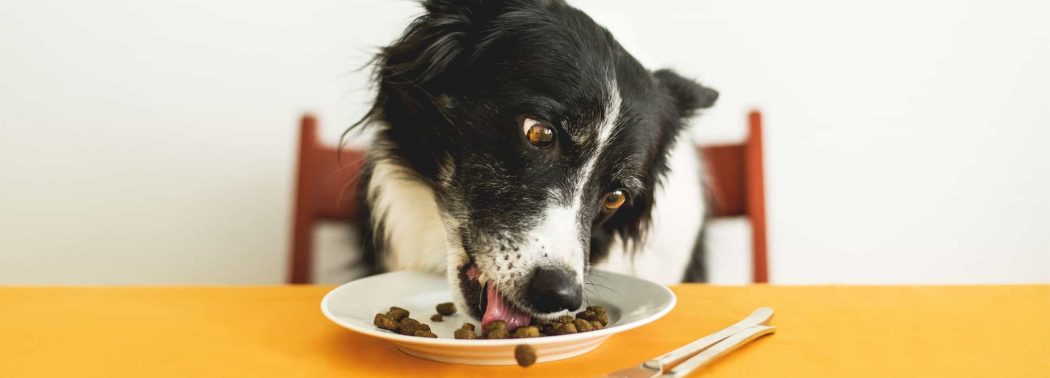
Puppies also have to eat more frequently if they have lost their mother, so you will be the person in charge of supplying them with the nutrients they need to grow and become healthy.
However, the balance between overfeeding and underfeeding a puppy is quite fragile. We all want our dogs to be as healthy as possible, but teaching them that 10 meals per day is the right way of going about things can complicate your life further down the line.
Depending on their age, puppies might need to receive four or five meals per day, which is entirely different compared to what you should give healthy adults — two or three meals per day.
Convenience Versus Health Risks
The truth is that it’s much easier for a pet owner to feed their dog only once a day for lack of time or for any other reason.
However, that also teaches dogs a bad routine. Since some might not even get enough exercise or have other entertainment opportunities when you’re out of the house for work, they might gorge themselves on the entire meal and then get nothing else for the rest of the day.
Furthermore, eating one meal per day is unhealthy for dogs because it puts them at a high risk of developing bloat (also known as volvulus or gastric dilatation).
This is a potentially life-threatening condition that does affect some dogs more compared to others. Some of the breeds that have a higher risk of developing it are deep-chested and large, which means that they have the physical ability to eat a lot of food at once.
Here are some examples of dogs that are more likely to suffer from bloat:
- Gordon Setters
- Basset Hounds
- Old English Sheepdogs
- Saint Bernards
- Great Danes
- Irish Setters
- Poodles
When a dog develops volvulus, which can happen both because they’ve had a very large meal or they’ve consumed a very large amount of water (due to being in the sun or exercising, for example), their stomach basically rotates around its own axis.
Consequently, the blood flow to and from the rest of the organs stops, so the pet ends up having a lethal ball in their abdominal cavity.
Dogs that develop GDV can lose their life in just a couple of hours, particularly if they do not get any veterinary assistance. But even if you get your dog to the vet as quickly as possible, they might still not be able to save them depending on their general health status and the complications that have arisen from GDV.
Giving your dog a meal just once a day is a risk for volvulus, so we strongly suggest that you switch to two or three meals a day.
Is Free-Feeding Even an Option?
It actually depends on every dog in part. If your pet is not heavily motivated by food and they can eat small amounts of kibble throughout the day without overfeeding, it might be an option.
Unfortunately, not all dogs behave this way these days. Many dogs do not get enough physical exercise, so they are generally more likely to become obese.
To make things worse, some commercial pet food diets, especially the cheapest ones, contain a wide range of fillers in the form of grains (primarily corn and wheat) that are used to keep a dog full and make the recipe more affordable.
While dogs can be considered omnivore animals compared to other species (such as cats), the truth is that they still need healthy protein, healthy fiber, and healthy fat and in the right amounts.
So it actually makes more sense for you to feed your dog in the morning and in the evening because this allows you to have control over how much your pet eats and their general caloric intake on that day.
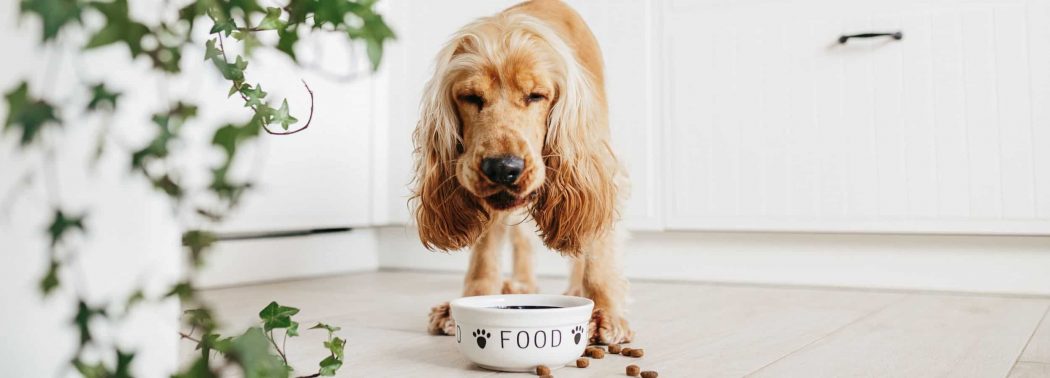
How Can You Stop Your Dog From Eating Too Fast?
While this goal can be challenging, there are some ways of slowing down the rate at which your pet eats. You can hand feed them over the course of 30 to 45 minutes to ensure that they don’t have too much of their meal.
You also have the option of investing in a slow feed bowl, where the dog needs to ‘hunt’ for the kibble in a design that somewhat resembles a labyrinth.
Additionally, if you also give your dog treats, you can use puzzle toys.
These days, there are even automatic feeders that can release a specific amount of food while you’re at work, depending on a timer that you set per your dog’s nutritional needs.
These devices are extremely effective when managing a borderline obese dog’s diet and food intake.
Do You Have to Weigh Your Dog’s Food?
If your dog has a high risk of developing diabetes, arthritis, or any other obesity-related condition, yes. Ideally, you should weigh your dog’s food for the entire day, then split it up into two or three meals depending on whatever your schedule allows.
Most canine diets come with instructions on the label as to how much kibble your dog should get depending on their age and breed.
Naturally, larger dogs need more food simply because they need more energy in order for their bodies to function properly. Even so, there are feeding guidelines for every weight, so we suggest you do a bit of research or even ask your vet.
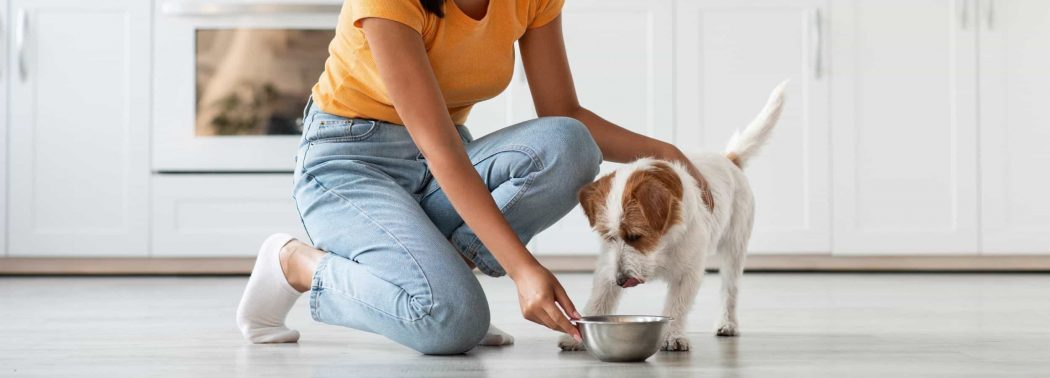
Summary
To conclude, adult dogs should receive two to three meals per day in order to prevent any digestive pathologies, including gastric dilatation/volvulus.
Free feeding is not the best solution, even if you have a difficult schedule, but neither is giving your dog a supersized meal once a day.
Sources
- The relationship of feeding patterns and obesity in dogs, R. Heuberger et al, 2011
- Gastric dilatation-volvulus syndrome in dogs, Eric Monnet, 2003
- Portion size and meal consumption in domesticated dogs: An experimental study, I. Kersbergen et al, 2019
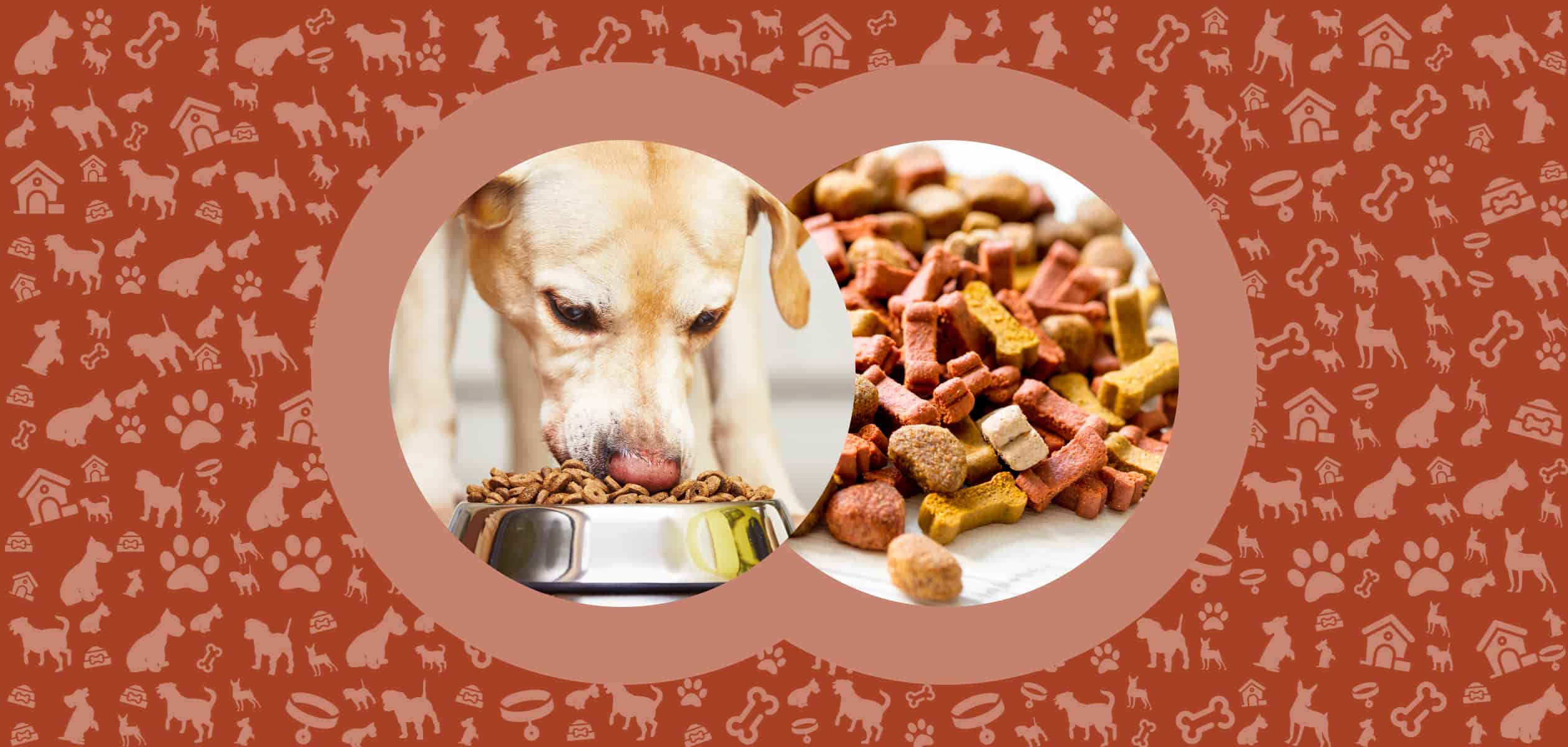
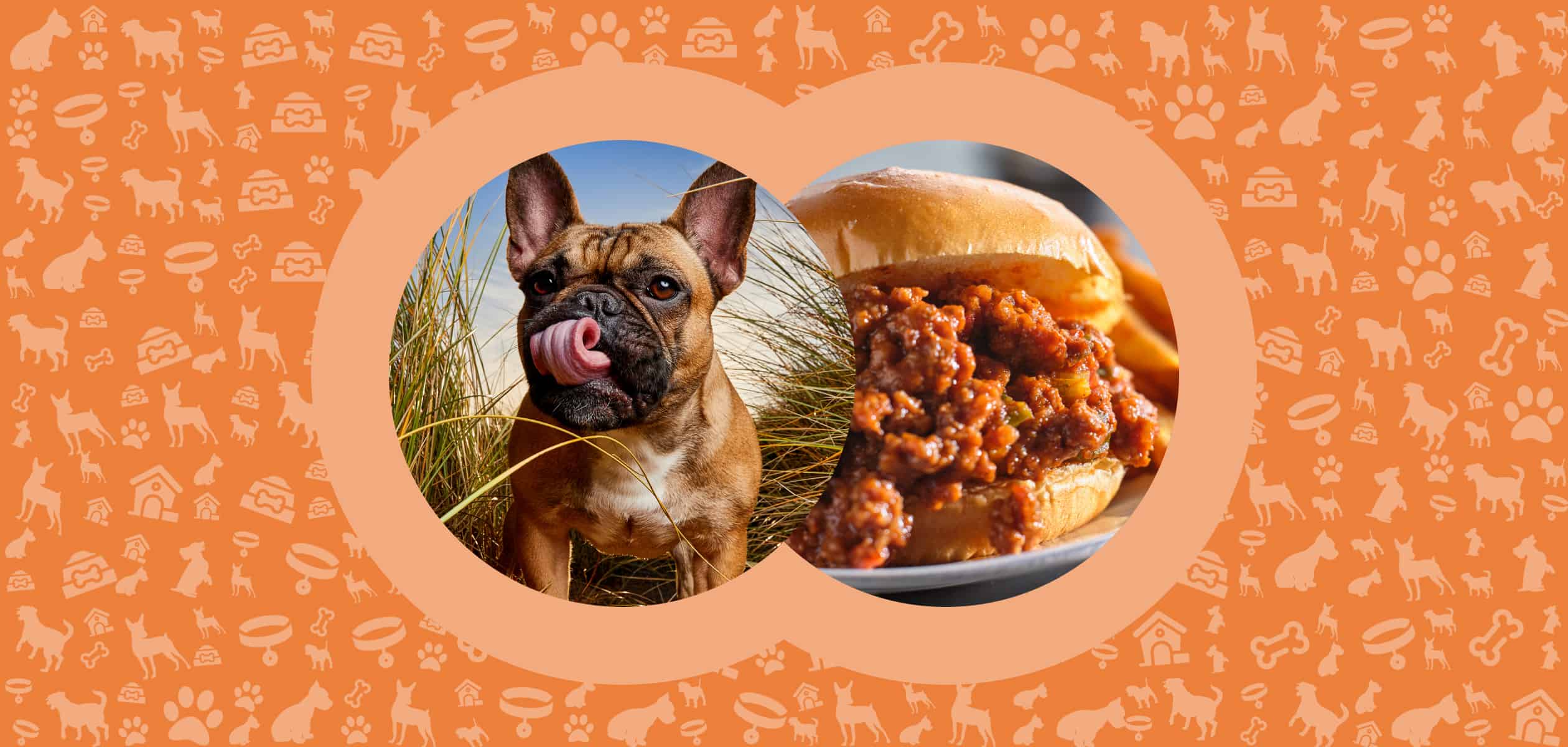

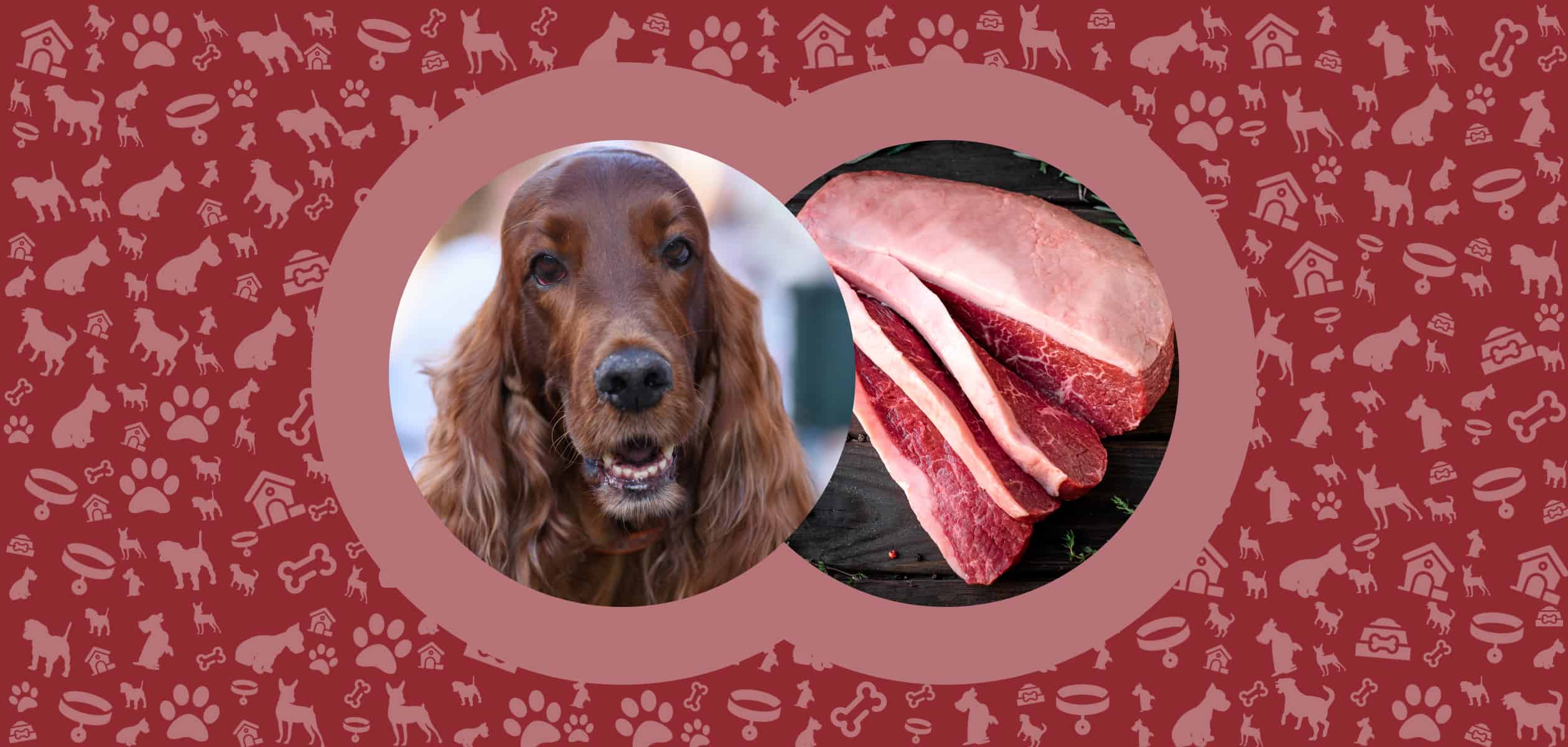
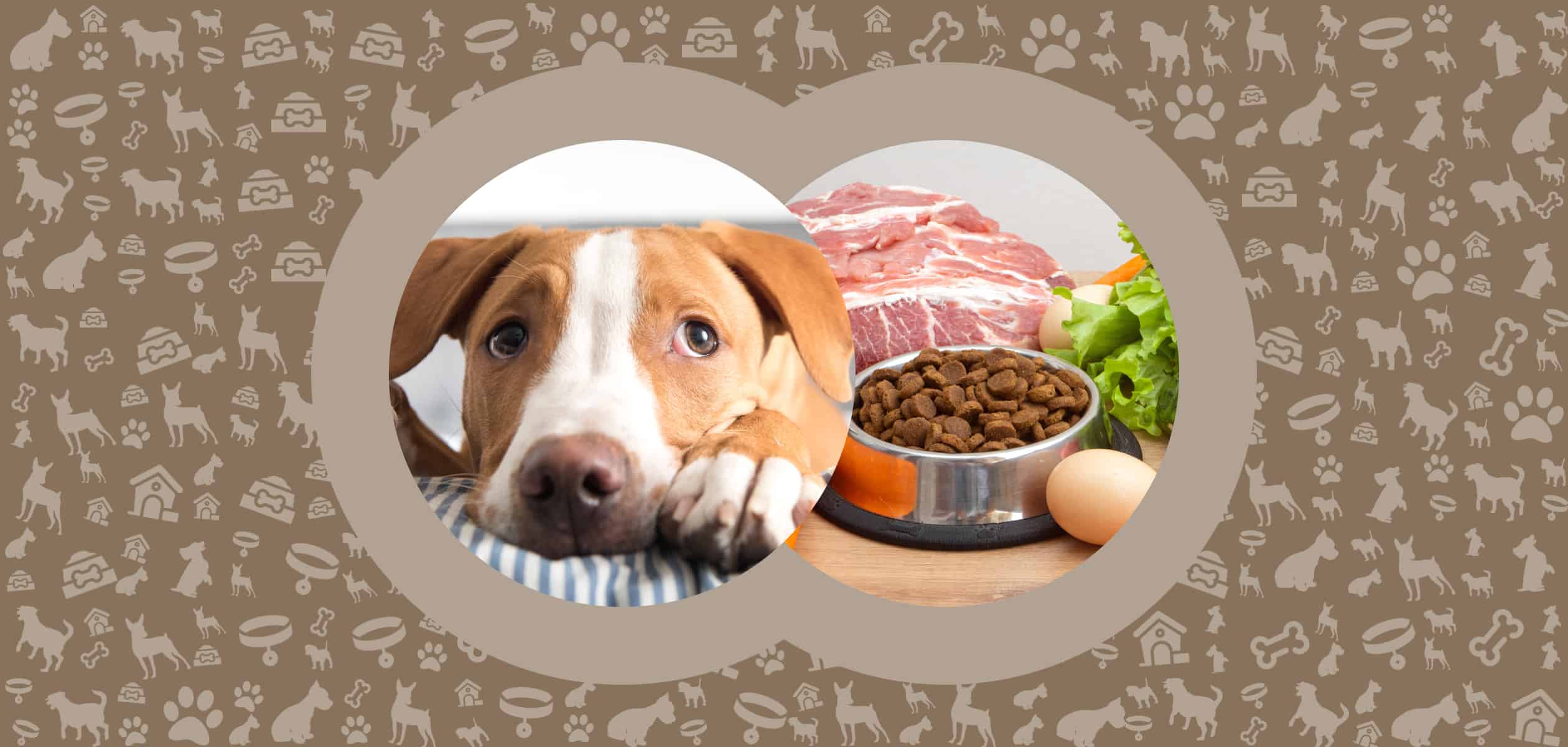
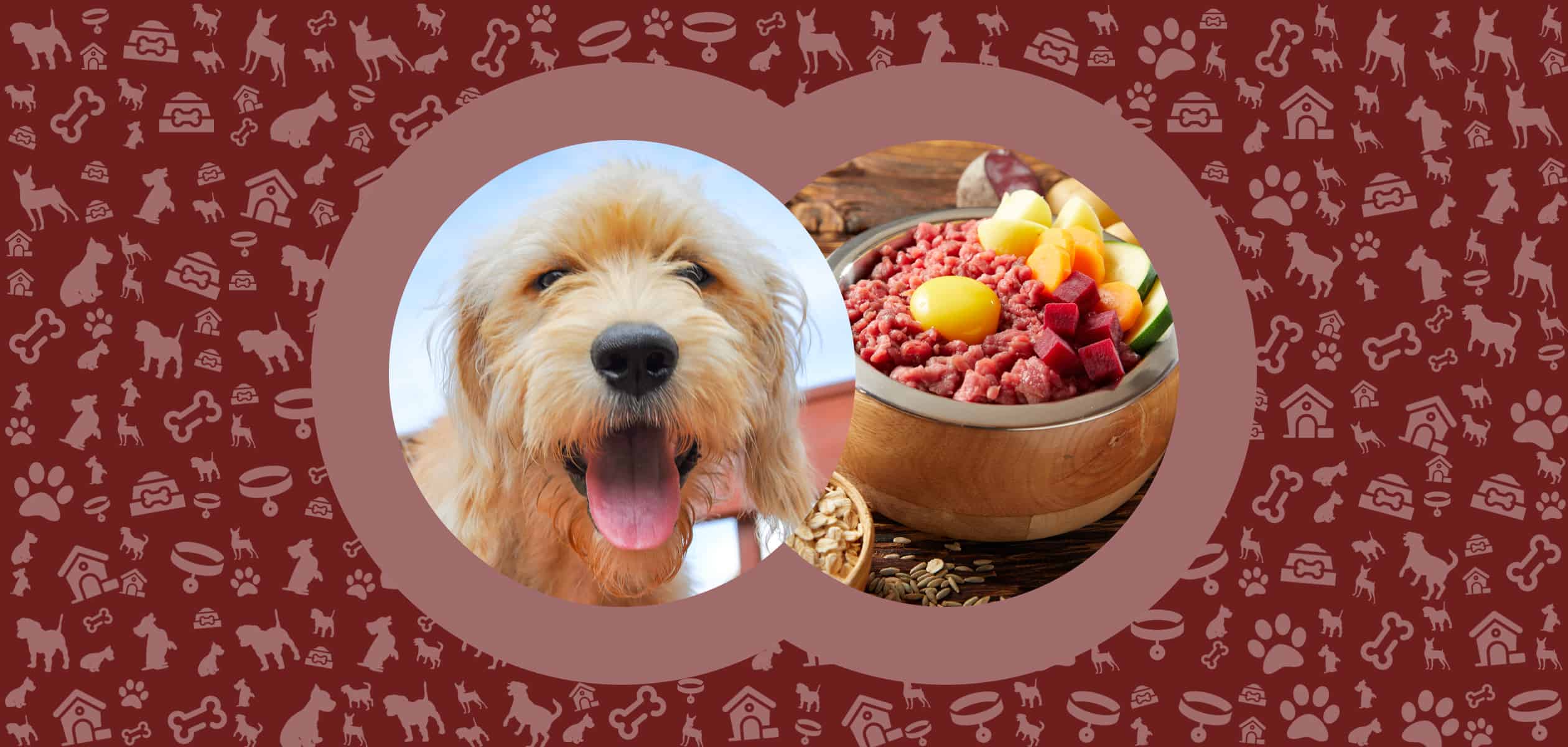
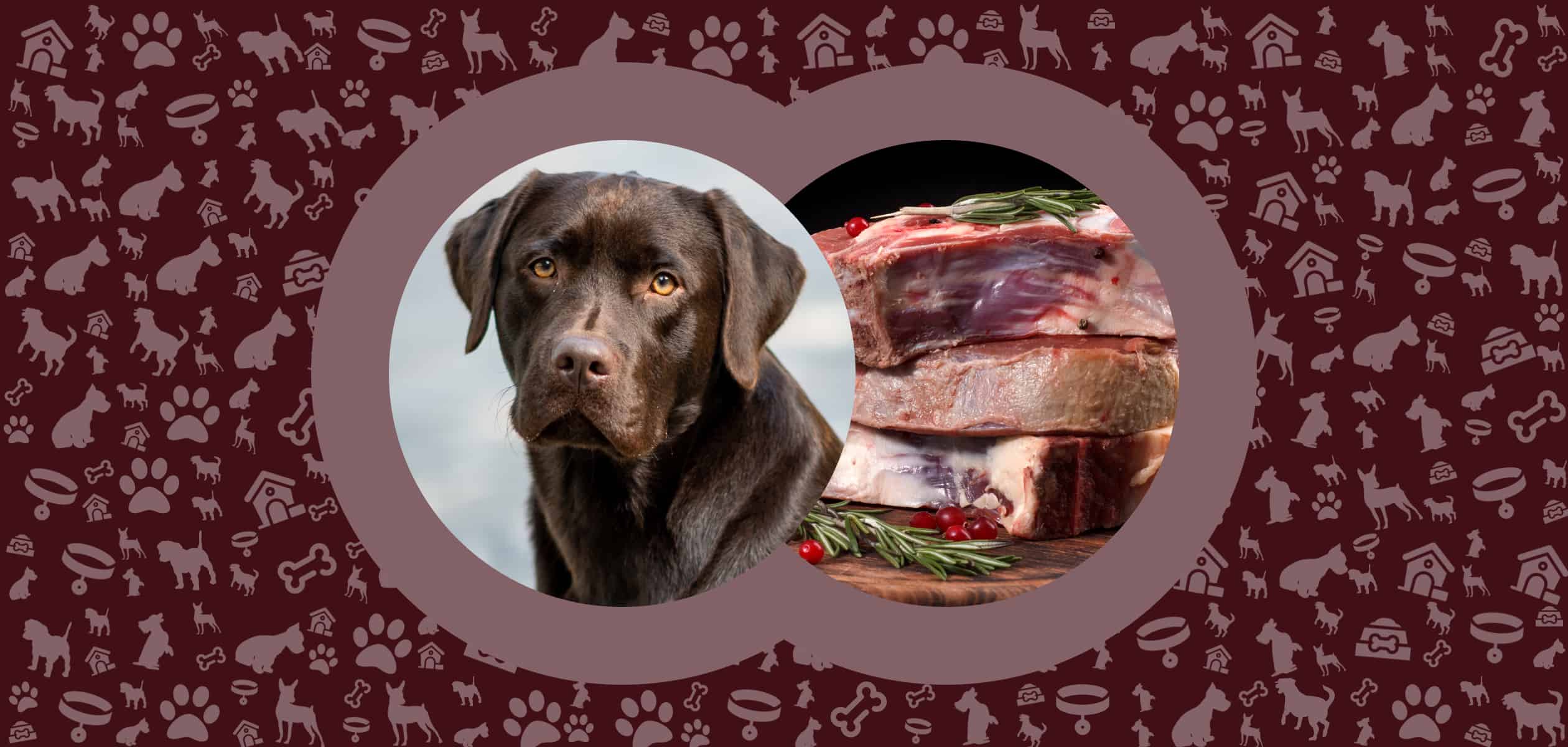
Leave a Comment